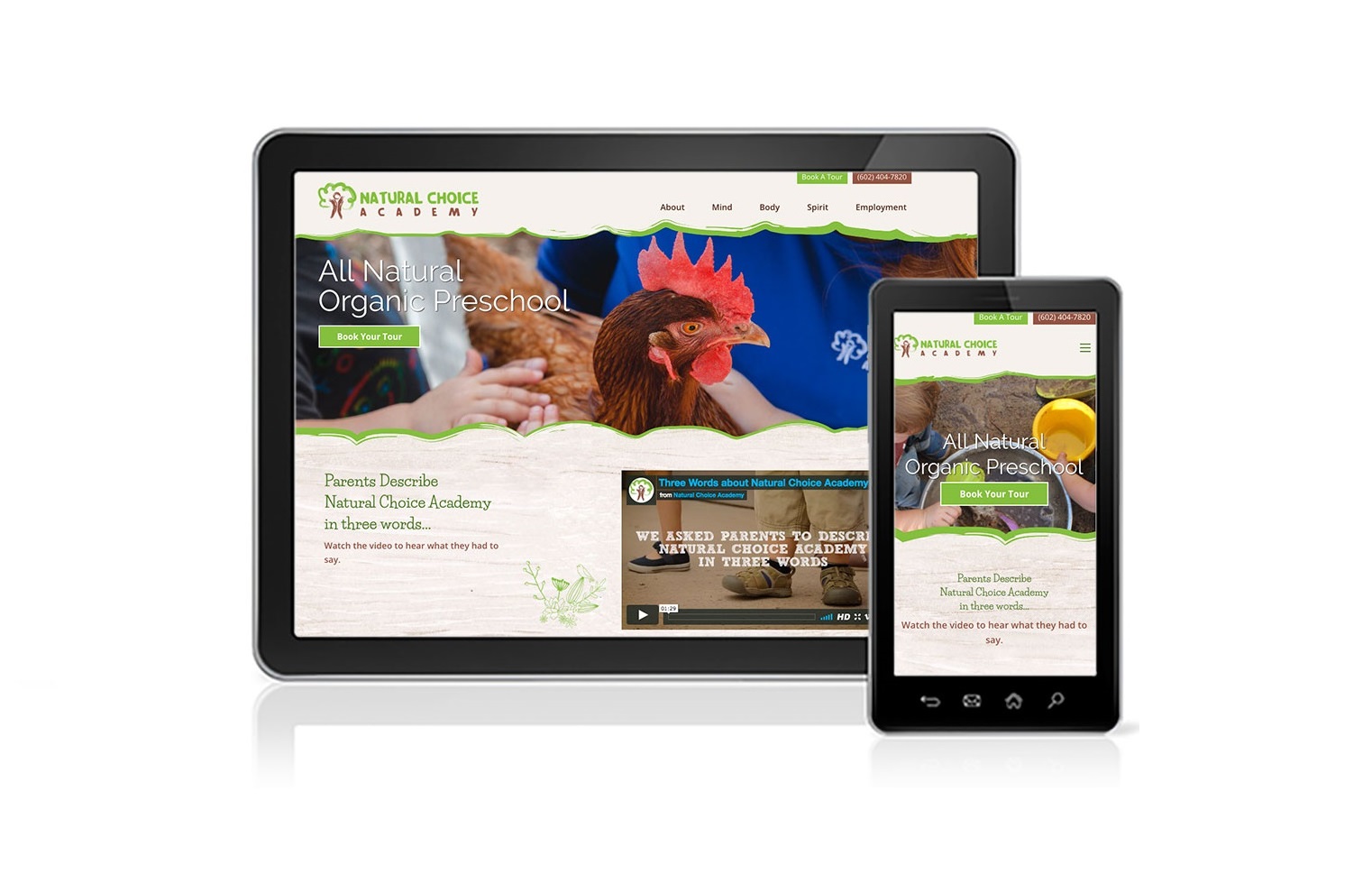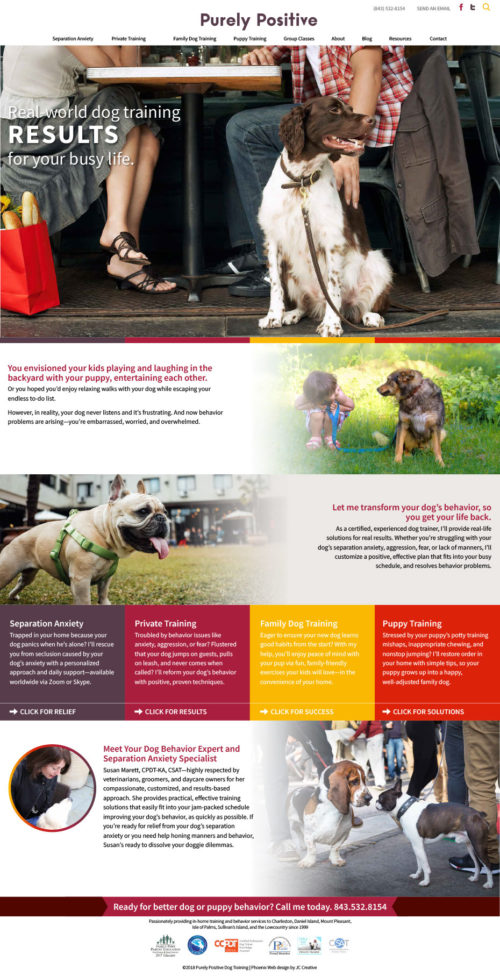After your web design project has come to an end and you start to use your site, remember that Google hates stale sites. This applies in a few ways, and we will discuss each one in this quick website maintenance tutorial.
Start With A Sweep
The first step after deciding to update your website is a visual review. Whether you are a freelance website designer or trying to keep your business site fresh, doing a page-by-page skim should come before any technical work.
Plugin Review
Search engines are looking for functionality and user-frieldliness when they crawl websites, so a dysfunctional plugin could be affecting more than your clickthrough rate. Make sure that all visible features on your site are functional and easily accessible for best results with online viewers and search engines.
Remove Old Deals, Promotions, & Services
Nothing is more frustrating than calling a business to find out that a deal is no longer active or the service you were after has been discontinued. As a website owner, you must remove expired offerings in a timely manner and ensure that your information is correct at all times. Customers are looking for the most accurate information available and their source should always be your website.
Refreshing Content
Businesses evolve, and active businesses are bound to have events, new blogs, and other information to pass along. Publishing new content shows potential customers and search engine crawlers that your business is actively engaged with the community and acting as a resource in some manner. Extended periods of inactivity may result in decreased website performance, so stay on top of your content distribution.
If nothing else, add a new design element or a FAQ section to keep things interesting and show search engines that you are trying. Business owners typically just get busy and let their website coast, but Google may see it as stale content. For the best results with search engines, the site should be updated regularly with useful or relevant information. Some great ways to keep your site fresh are:
Posting new blogs
Blogs are a simple way to distribute new information to your online audience and build credibility in your field. Posting blog content regularly may attract new viewers and increase your search result rankings when they relate to your main topic or service.
Adding new web pages
Creating new web pages for your site is an excellent way to target new keywords, advertise a new service, or expand your service area. When making a new web page, just be sure to change content and edit visual elements enough to make it original.
Editing content and adding new elements to pages
If you don’t have time to create an entirely new web page or write a blog post, try revamping the content on existing pages. In the last year, Google algorithm changes have put a heavier emphasis on content. Now, page structure and content length are more important than ever, so making additions and adding new elements could get you further than ever.
Updating Plugins
WordPress is arguably the best platform for adding customization and functionality because of the countless plugins available. Their seamless integration enables you to install plugins for almost anything, but it’s your responsibility to keep these plugins up to date.
Why Update Plugins?
When your website is built, I will add all of the necessary plugins to fit your needs at that time, but those will require updates as well. It may me a minor inconvenience to login and perform maintenance but it’s the best way to keep your website healthy and running efficiently.
While your plugins may seem to be working fine, there’s probably a reason third-party developers have put the effort into releasing the update. Typically, it’s due to:
Security improvements
Updates to the coding
Additional plugin features
Before performing any updates to your website plugins, make sure that you review changes that have been made. In most cases, plugin developers will ensure that the update instillation won’t have a major effect on your site but there’s always a chance that it could negatively alter the website. For more information about updating WordPress plugins, check out this informational tutorial.
Deactivating Unused Plugins
The same software and programs that were top-of-the-line five years ago may not be your best option anymore. Maybe you have already found something better and left your old plugin installed “just in case”. Either way, it’s taking up real estate on your WordPress platform.
Competitor Analysis
Updating plugins and improving site features within your skill range are great ways to keep with the times, but a competitor review is always a good idea if you feel like your visibility isn’t budging. Obviously, the businesses on page-1 are doing something right, so why not do a check-in?
Reviewing the few businesses that have made it to the first page of search engine results can give you a better insight into what you could be doing better. Whether you need more content, additional images or maybe even a video, you should be able to spot similarities during your review.
Not Sure Where To Go Next?
If you’re not getting the desired result from your website, consider consulting with an expert in Phoenix web design to help you improve your conversion and searchability. I’m happy to jump on a call to figure out how we can take your site to the next level!


























